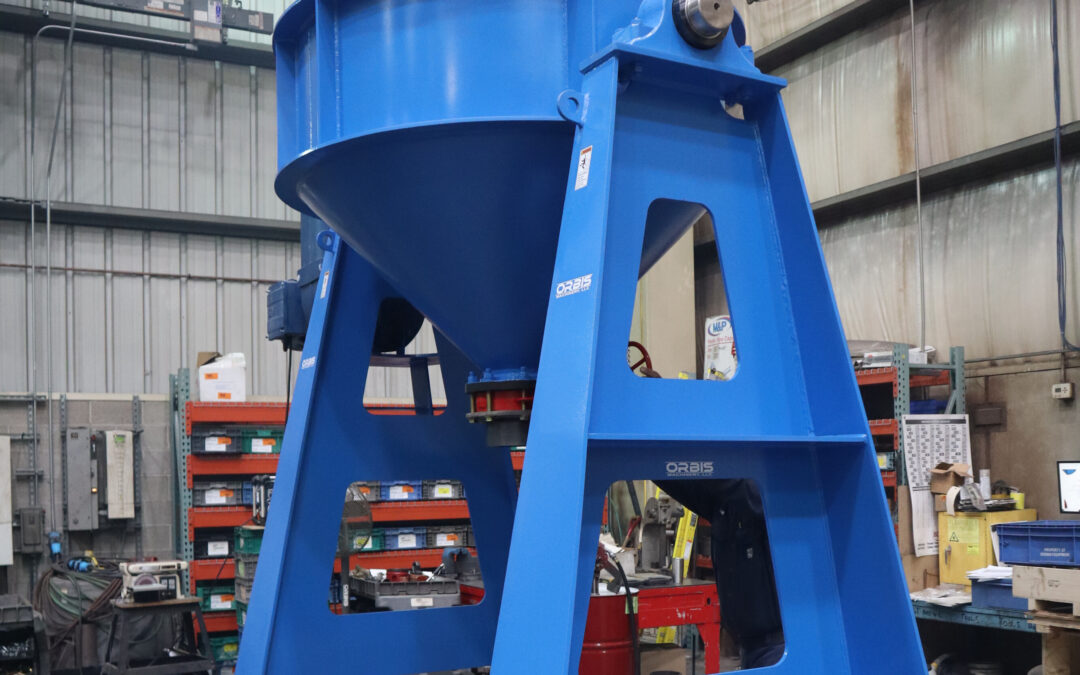Switching to centralized purchasing is one of the go-to solutions for companies. This denotes that one region will be in control over all or many most of the purchasing decisions of the firm. The issue with decentralized purchasing is that every region possesses its own process of purchasing. This results in there being more contracts to oversee, prices to negotiate, and more issuance of RFQs/RFP. Let’s not even talk about you risking uncontrolled spend, and critical procurement being made by non-procurement professionals.
Definitely, the consolidating appeal is the fact that you’ll receive all those data points and POs to a central region. Even though several companies are hesitant to go through this change, thinking that the demerit would not be worth doing it. If you aren’t sure of the procurement structure that is perfect for your firm, continue reading. In this post, we will give our opinions on the disadvantages and advantages of the two of them, and why you’ll likely not be required to pick one or the other.
The disadvantages of centralized procurement
I feel we should begin with the cons. We will be listing a number of the drawbacks of centralized procurement below, and you need to have all these in mind.
· The process of the deciding region can be quite complicated, and the maintenance can be expensive.
· There’ll be less autonomy possessed by the managers, and this may result in frustration
· The purchasing process of this structure is lengthier and more time-intensive.
· The one-size-fits-all fixes would not meet the distinctive requirements of each region.
· You may need to get a purchasing app or analytics.
· You won’t be able to make use of local discounts in your company.
· It causes longer turnaround and delivery periods.
When you allow every region to make its individual purchasing decision, it can literally be more practical. But an increase in the growth of the organization will make this structure more ineffective and murkier. Enough of the disadvantages of centralized purchasing, let’s move to the advantages.
Advantages of centralized purchasing
What is the level of importance of transparency or control to your team? This is the best question you can ask yourself. Take a look at these pros of going with the centralized purchasing process. In general, this structure is typically an efficient one.
· For instance, it is way easier for you to manage the amount of money a department spends.
· Due to the fact that it is centralized, there is higher transparency.
· There is more volume of purchase, which results in better discounts.
· You will have a way more accurate reasonable spend analysis and budget
· Gives you the chance to audit the spend that you didn’t plan, and prevent savings leakage
· There is also a better supplier risk management
· You’ll make use of lesser time doing research and doing negotiations with suppliers.
· You’ll have a central region for invoices, PO’s, and reports of spend.
· Easier inventory management
· The purchasing prices will be very standard
· Seamless supplier communication
· Littler maverick spending
· Lesser compliance problems
If you’ve made the decision of centralizing, ensure your team for procurement is set to handle the maximized workload. Do they possess all the required skills? Are they equipped with the needed bandwidth?
It would be best if you also were mindful that the managers of the departments would probably be reluctant to consolidate. Make the change seem like you are making them have more free time. They will have the ability to manage their department instead of dealing with invoices for negotiating prices.
So, in a nutshell, does decentralized or centralized procurement have a better effect on corporate purchasing?
Everything comes down the way you are able to manage contracts and manage the spending. If you’d like more transparency and control, consolidating is probably worth the effort. Of course, centralized purchasing has its disadvantages. But, there is a way more significant risk of the piecemeal process when you opt for decentralized purchasing.
Nevertheless, it does not need to be all or nothing. For instance, it will likely make sense if your firm centralizes eighty percent of purchases. And the rest quick-turn-around-required things being managed by every department. This method can also be called the “central-led structure.” At the end of the day, you are required to consult your prominent stakeholders and request their concerns and feedback. Talk about the amount of autonomy your managers require to perform their role effectively, and how fast they want their supplies. As soon as you’ve gotten every data, it’ll be way easier for you to identify the approach that is perfect for your company.



